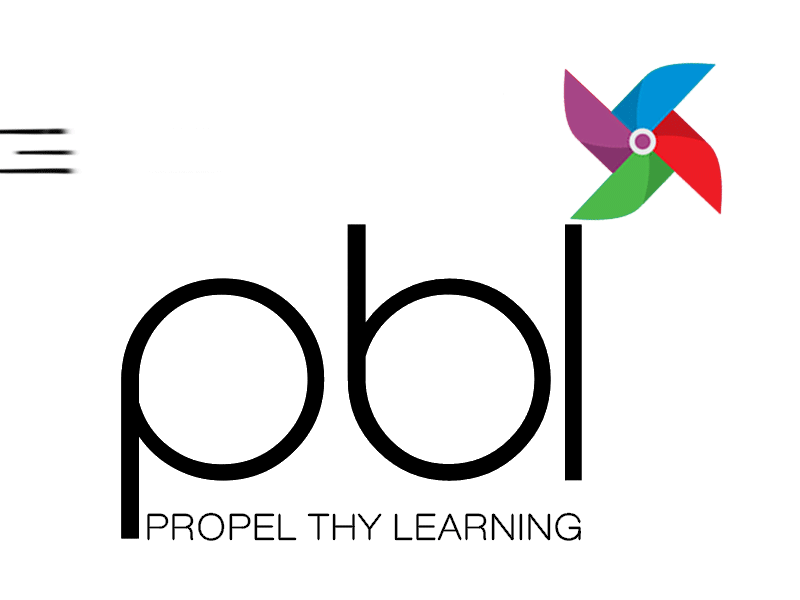How does anxiety increase my blood pressure?Interconnectedness of life is at the core of Multi-Disciplinary Learning
- April 28, 2024
- Posted by: PBL
- Category: Education
In Ms. Chapati Joseph’s fifth-grade classroom, the buzz of anticipation is palpable. Today, she’s unveiling a new project that embodies the essence of multidisciplinary learning. The theme is “From farm to fork” a topic that will bridge science, geography, history, art, design, languages and soft skills in an explorative and cohesive manner. As the students settle down, Ms. Joseph begins with a captivating story about ……………………………
As the project unfolds over the weeks, Ms. Joseph prompts and encourages her students in connecting the dots between these subjects. They discuss how the grains journey takes place from where it is grown to …………………the plate, finally. The classroom becomes a dynamic space where science experiments, historical debates, creative writing, and art projects coalesce into a comprehensive understanding of the journey of a food item ending in the plate!
On the culmination day, the classroom transforms into a vibrant exhibition space. Children from other classes, parents and school staff are invited to witness the learning journey of the class through the weeks- beautifully presented in the form of visuals, performances, presentations, speeches and activities/games. Each group shares their work and findings, as they have gone around doing it, often with little support from teachers. The visitors are not just spectators but participants, engaging in discussions, asking questions, giving feedback and even contributing with their own stories about their interaction with food.
Through this multidisciplinary project, Ms. Joseph’s students learn more than just facts about the food and how it has come to be on our dining table. They see the
interconnectedness of knowledge and develop skills in research, collaboration, critical thinking, and creativity. Most importantly, they discover that learning is not confined to individual subjects but is a vibrant, interconnected web of understanding that mirrors the complexity of the world around them.
What you see above is an example of a class which uses multi-disciplinary approach to teaching a complex theme. How it invigorates students in learning and propels rich conceptual formulations can be hardly be exaggerated.
One of the key aspects of The National Education Policy (NEP) 2020 is its emphasis on incorporating multidisciplinary approach to teaching in our schools and colleges.
What is Multi-disciplinary approach to learning?
Multi-disciplinary learning is an educational approach that breaks down the walls between different subjects. Instead of studying each topic in isolation, it focuses on connecting ideas and perspectives from various disciplines to create a richer, more comprehensive understanding.
Theoretical Underpinnings: A Cognitive Basis
-
- The effectiveness of multidisciplinary learning is rooted in cognitive science principles.
-
- Research suggests that:
- Knowledge Integration: The human brain excels at forging connections between seemingly disparate pieces of information. Multidisciplinary learning capitalizes on
this by encouraging students to weave together knowledge from various disciplines, resulting in a more robust learning experience. - Transferable Skill Development: By encountering diverse methodologies and problem-solving approaches inherent in different disciplines, students cultivate transferable skills like critical thinking, analysis, and communication, which are highly sought-after in today’s workforce.
Empirical Evidence: Impact on Student Outcomes
-
- The efficacy of multidisciplinary learning is supported by empirical research:
- Enhanced Conceptual Grasp: A study investigating project-based science learning that incorporated historical context revealed a deeper understanding of scientific
concepts among students. - Elevated Problem-Solving Skills: Another study examining a multidisciplinary engineering program demonstrated significant improvements in students’ problem-solving abilities.
In conclusion, multidisciplinary learning equips students with a well-rounded skillset, fostering critical thinking, effective communication, and the ability to tackle complex problems – qualities essential for success in today’s dynamic world.
Join the Journey
So, what can educator, do? Teachers can try bringing subjects together. Parents can look for projects that combine different areas of learning. And for all of us? We can start thinking about how everything is connected. Because when it comes to understanding the world, it’s
all about joining the dots.
If you do not have enough dough on your own, contact us. PBL by propel is a lot about working together, learning together. Project Based Learning that we offer has exciting ‘project handbook for students’ that gives the outline of each project and has illustrated content to lead them on, with its integrated subjects and skills. We will also train your teachers and give them ‘project handbook for teachers’. At the end of each project, there will be printed assessment sheets that your teachers can use when the project gets over.
Happy interconnecting knowledge!!!
Happy PBL!!

